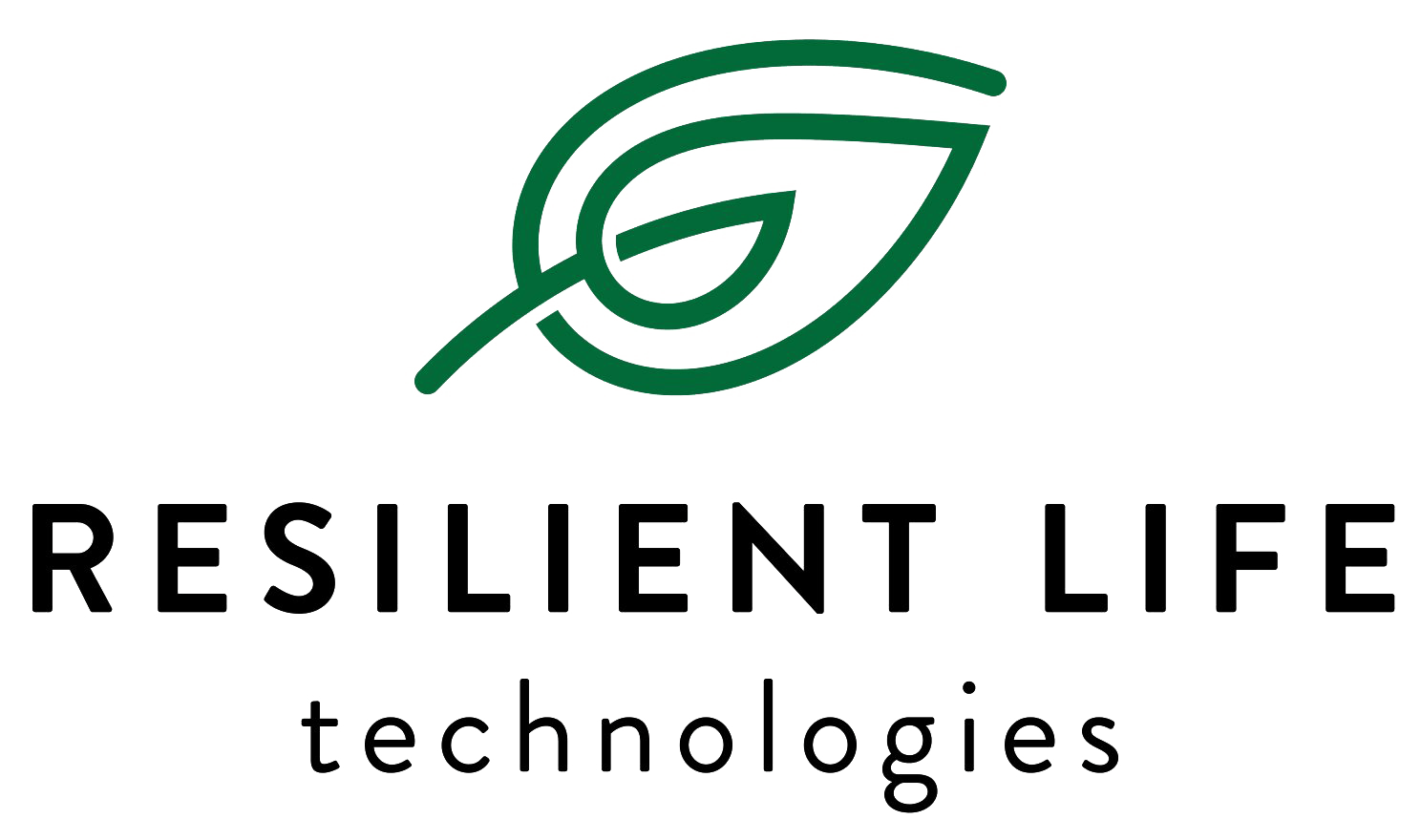By combining the benefits of smaller, more manageable living spaces with advanced technologies designed to support daily activities and monitor health, seniors can enjoy greater autonomy and peace of mind as they age.

As the world's population continues to age, the demand for innovative housing solutions that promote independence, safety, and well-being among seniors has grown significantly. Among these solutions, the concept of aging in place in accessory dwelling units (ADUs), which are small homes built on your property, integrated with ambient assisted living technologies, has emerged as a promising approach. By combining the benefits of smaller, more manageable living spaces with advanced technologies designed to support daily activities and monitor health, seniors can enjoy greater autonomy and peace of mind as they age.
Empowering Independence with Ambient Assisted Living
Ambient assisted living (AAL) refers to the use of technology to enhance the quality of life and autonomy of individuals, particularly seniors, within their living environment. In the context of ADUs, AAL technologies can include smart sensors, wearable devices, voice-activated assistants, and remote monitoring systems. These technologies are seamlessly integrated into the living space, providing support and assistance with daily tasks such as medication reminders, safety monitoring, and emergency response.
Safety and Security
One of the primary benefits of incorporating AAL into ADUs is the enhancement of safety and security for seniors. Smart sensors can detect falls or unusual activity and alert caregivers or emergency services automatically. Motion-activated lighting and smart door locks can also help prevent accidents and unauthorized access, providing seniors with peace of mind and enabling them to age in place with confidence.
Health Monitoring and Management
AAL technologies also play a crucial role in monitoring and managing seniors' health conditions, allowing for early detection of potential issues and timely intervention. Wearable devices can track vital signs such as heart rate, blood pressure, and activity levels, providing valuable data to both seniors and their healthcare providers. Remote monitoring systems enable caregivers to keep an eye on seniors' health status from a distance, intervening when necessary and facilitating proactive healthcare management while maintaining their personal privacy and independence.
Social Connection and Engagement
Despite living in smaller, more compact dwellings, seniors who age in place with AAL technologies can maintain strong social connections and engagement with their communities. Video calling platforms, social media, and virtual reality applications enable seniors to stay connected with family members, friends, and support networks, reducing feelings of loneliness and isolation. Additionally, AAL technologies can facilitate participation in virtual events, educational programs, and recreational activities, enhancing seniors' overall quality of life.
Sustainable and Efficient Living
In addition to the personal benefits, ADUs with AAL technologies also offer environmental advantages. These smaller living spaces typically have a smaller ecological footprint, requiring fewer resources to build and maintain. Furthermore, energy-efficient appliances, smart thermostats, and renewable energy systems can help reduce utility costs and promote sustainable living practices, benefiting both seniors and the environment.
Cost-Effectiveness
Another advantage of ADUs for aging in place is their cost-effectiveness. Building or purchasing a smaller dwelling typically requires less financial investment than maintaining a larger home or moving into a retirement community. Additionally, ADUs can provide an additional source of income for seniors who choose to rent out their primary residence or the accessory unit. This extra income can help offset housing expenses and provide financial security in retirement.
Conclusion
Accessory Dwelling Units (ADU’s) are becoming increasingly popular for rentals, small lot homes, or backyard homes for a senior family member. Aging in place in an ADU integrated with ambient assisted living technologies offers numerous benefits for seniors seeking to maintain their independence, safety, and well-being as they age. Unlike traditional nursing homes or assisted living facilities, ADUs provide a private living space where seniors can come and go as they please, make their own decisions, and maintain their daily routines. By leveraging the power of technology to enhance safety, health monitoring, social connection, and sustainability, seniors can enjoy a higher quality of life and peace of mind in their later years. As the population continues to age, the adoption of AAL in ADUs represents a promising solution to support healthy and active aging within the comfort of one's own home.
Resilient Life Technologies and
TinyMod™ have come together to design ADU’s, especially with seniors in mind. These units are built to standard IRC building codes and embedded with Ambient Assisted Living technology, built on your property to help seniors maintain their privacy and independence but also provide “peace of mind” for family and caregivers knowing they are okay.







Share On: